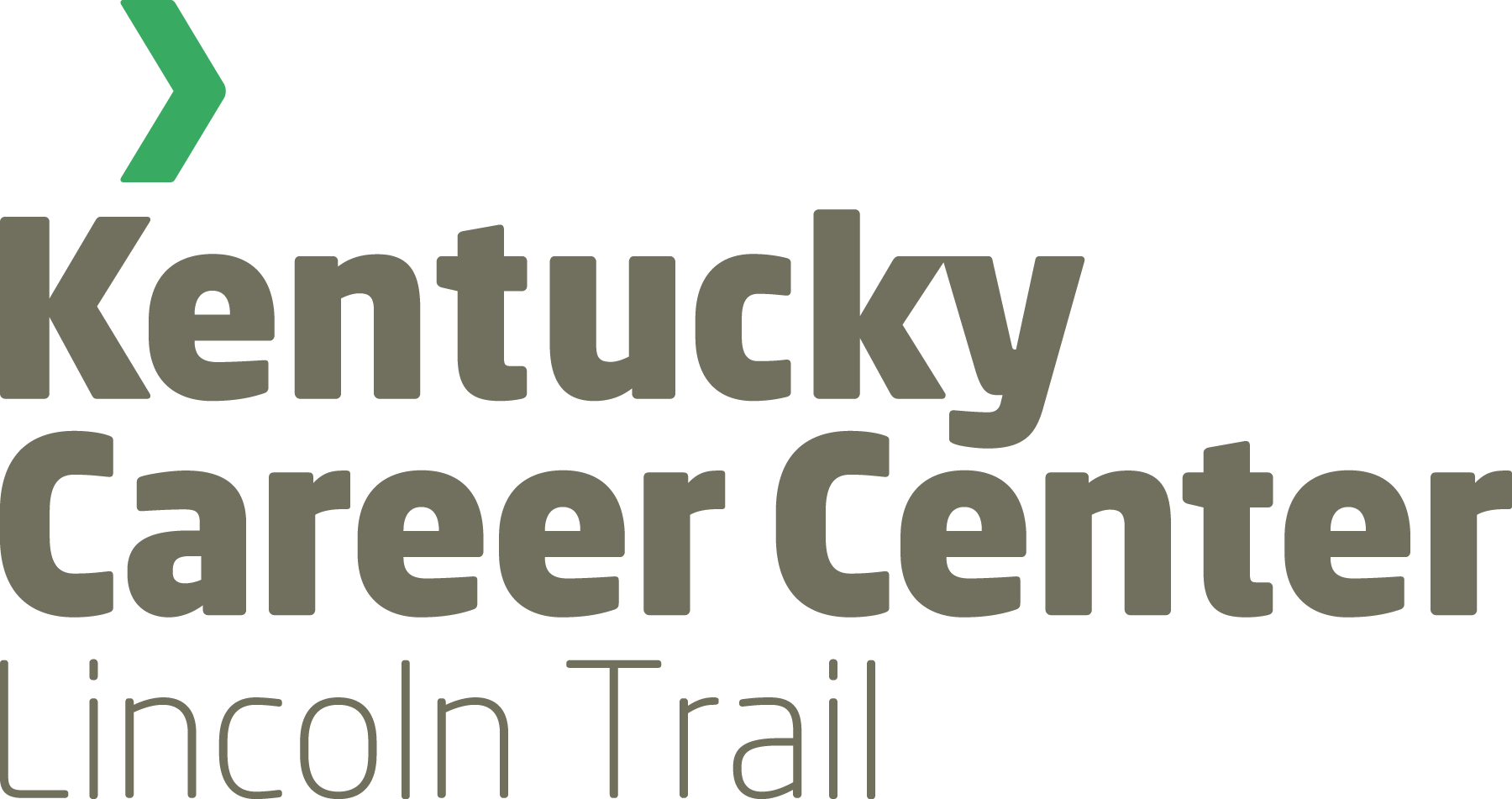Walk a Mile in Their Shoes: Reflections from a Poverty Simulation
 We hear the word poverty a lot. The most common measure of poverty in the United States is the "poverty threshold" set by the U.S. government. For a family of four it’s currently $25,750 annually.
We hear the word poverty a lot. The most common measure of poverty in the United States is the "poverty threshold" set by the U.S. government. For a family of four it’s currently $25,750 annually.
Think about that — just a little over $2,100 a month in gross earnings to feed, clothe and house four people. For 17.2 percent of all Kentuckians, that is a reality. The following listing shows the 2017 poverty rates for the counties in the Lincoln Trail Region.
County Persons Living in Poverty
Hardin 12.8 percent
Meade 11.2 percent
LaRue 15.1 percent
Nelson 9.8 percent
Marion 14.8 percent
Washington 15.2 percent
Breckinridge 17.9 percent
Grayson 22.5 percent
Source: U.S. Census Bureau, QuickFacts
It’s one thing to see the numbers and read about it, but it is a whole other thing to experience it. That’s what the Lincoln Trail Workforce Development Board’s (LTWDB) Workforce Crisis Task Force tried to do last month for more than 40 business and community leaders from throughout the region who took part in a poverty simulation.
As LTWDB and the task force work to raise labor participation rates, we sought to examine the challenges people in poverty have finding and keeping a job. For a mere 90 minutes people from manufacturing, healthcare, education, government and more took part in the simulation, which was conducted by Central Kentucky Community Action. Each person received an assigned role and attempted to navigate the myriad of challenges that people in poverty face.
While it wasn’t the real thing, it was an experience that those who participated won’t soon forget. Just ask Brian Smith from U.S. Rep. Brett Guthrie’s office. In the simulation, Smith was married with three children and had lost his job. He experienced the frustrations of seeking assistance so that he could care for his family while he found new employment.
“It was eye opening … We talk about living paycheck to paycheck but what happens when paycheck doesn’t reach the second paycheck? That’s what we were experiencing. The way it all cascades. It’s like one domino falls and they all start falling,” said Smith. “We often talk about the income gap, but the income gap is often the symptom and what we really have is an education gap or a transportation gap or a childcare gap or any number of things that is keeping that family from succeeding.”
Smith said in examining these challenges we can determine how we can work together as a community to tackle them.
“This is our community. These are our neighbors. We need to look at how we can work together collaboratively to help them succeed … and that’s going to help our businesses succeed,” he said.
Hardin Memorial Health’s Vice President of Human Resources and LTWDB member Myra Covault also participated in the simulation. In her assigned role in the simulation, she was supposed to be going to college and working a part-time job, but barriers prevented her from ever starting college because she needed money for her family.
“Until you have exposure to something like this, you have no appreciation for the struggles people face,” said Covault.
Like Smith, she saw the complexity of the challenges and recognized that there isn’t the proverbial silver bullet that will solve the problem.
“There are so many different aspects, there can’t be one single solution. If it’s a multi-layered problem, there has to be a multi-layered solution,” she said.
That is precisely what we want to do. Look at the multi-layered solution and build an action plan to combat these challenges. While we certainly can and will advocate for changes to state and federal legislation, there are also things we can do at the local level and doing so collectively can have greater impact. In fact, there are already a lot of great things happening throughout the Lincoln Trail region.
How can we share what works, scale it, get more people to the table and address these issues in a more comprehensive manner at the local level? That’s what we aim to do and invite those interested in being a part of the solution to reach out and get involved.
Why should we? This is about removing obstacles for those who are willing and able to work, but this is also about helping businesses succeed and helping our economy grow.
“It’s about bringing good employees to good employers,” said Marion County Chamber of Commerce Executive Director Greg Gibbins. “The more available talent we have, the more businesses can grow. The more businesses grow, the more our economy prospers.”
If you are interested aiding the task force in this important work, contact Sherry Johnson, Associate Director with Lincoln Trail Area Development District, at sherry@ltadd.org.
Julia Springsteen is a member of the Workforce Crisis Task Force of the Lincoln Trail Workforce Development Board. She can be reached at jwspringsteen@gmail.com.
Our Social Networks


